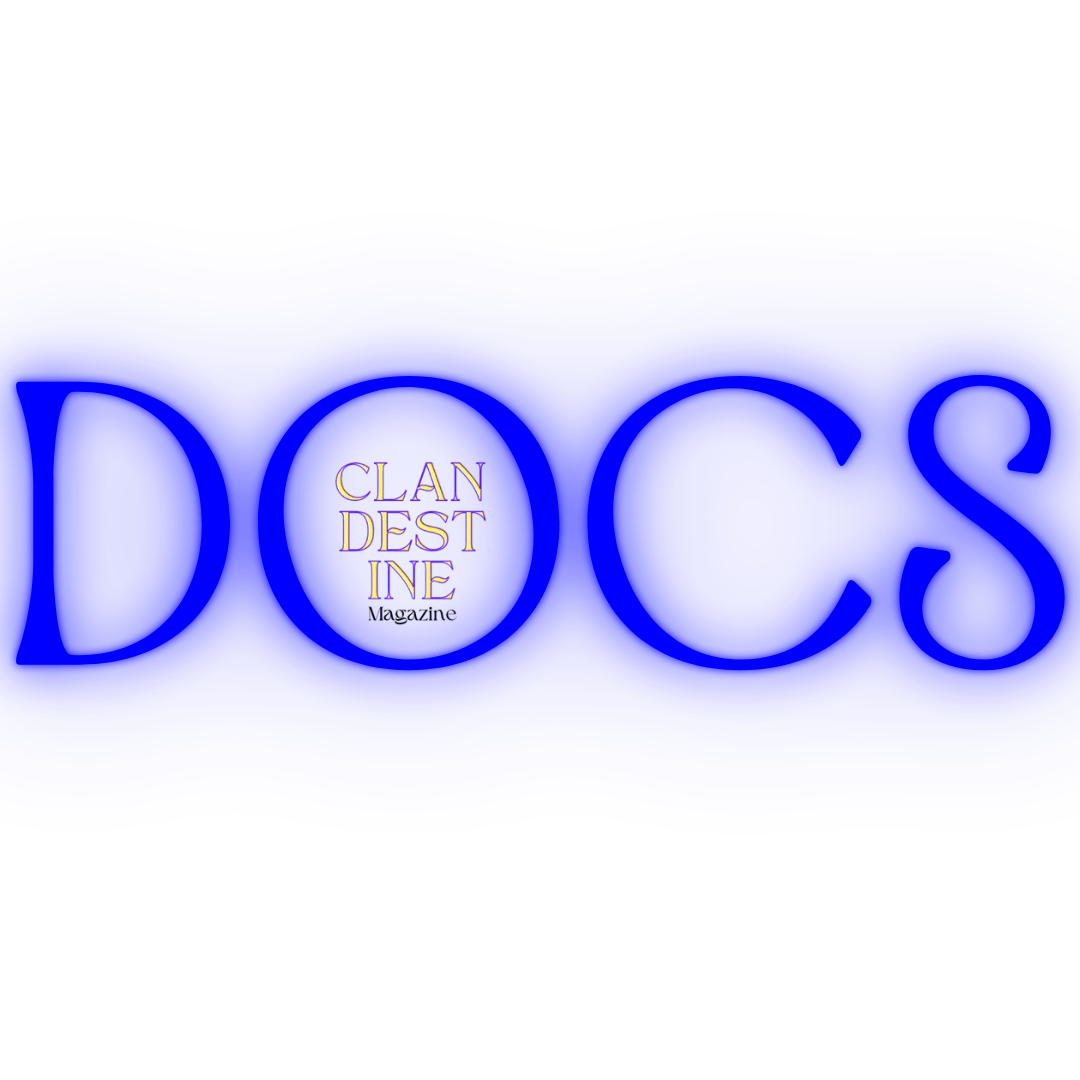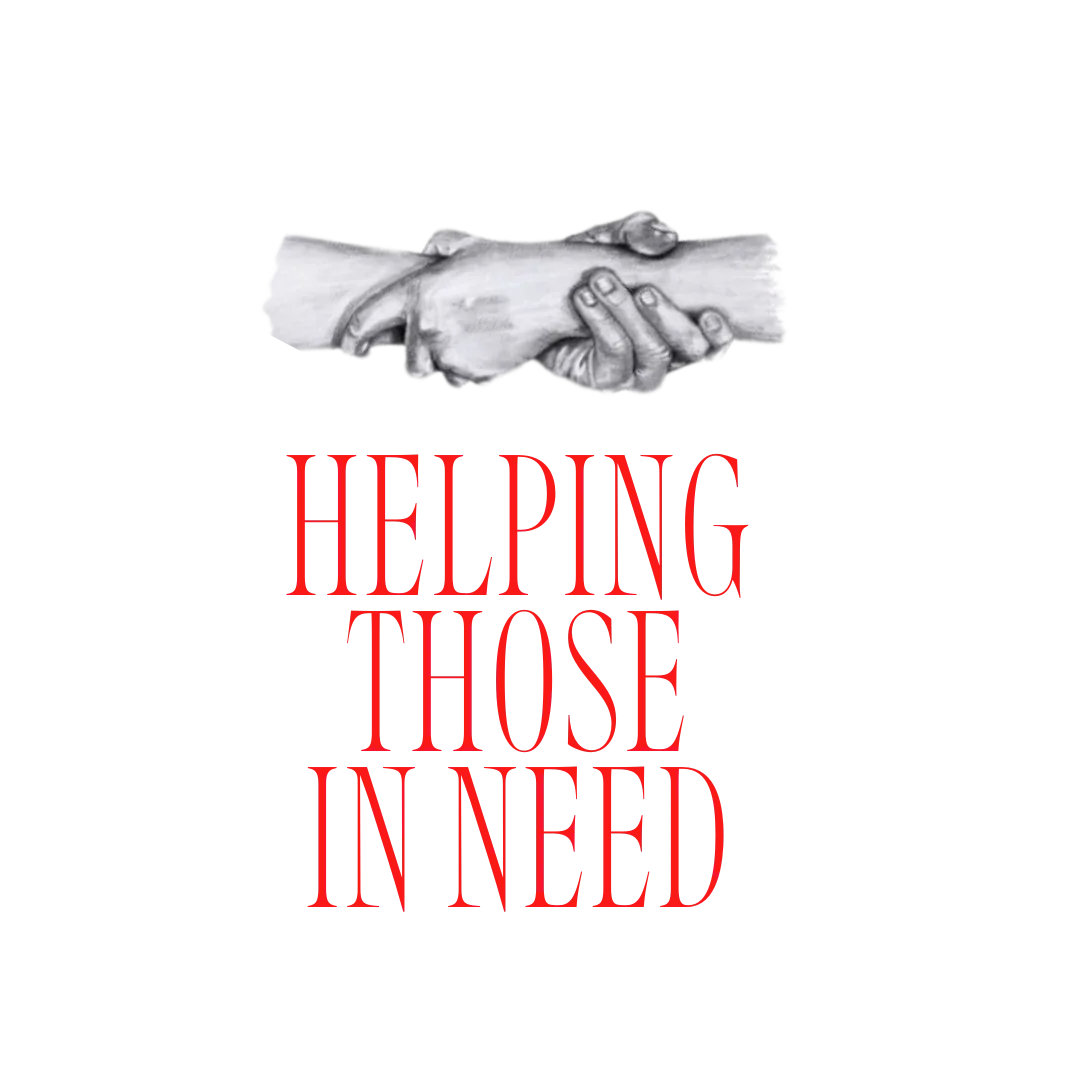If you have ever uttered phrases such as “I lack creativity” or “I just can’t draw”, it’s time to uncover a truth: Creativity is not an innate talent bestowed upon a select few. It is subjective.
Less than half of people on average (39 percent in 2012 and 41 percent in 2016) would describe themselves as creative, often due to a reluctance to try. The beauty of creativity lies not in producing the unprecedented, but in the fusion of diverse styles and ideas.
Consider the 1970-1990 movement of Postmodernism, a late 20th-century style and concept in the arts, architecture, and criticism, which represents a departure from modernism and is characterised by the self-conscious use of earlier styles and conventions, a mixing of different artistic styles and media, and a general distrust of theories. It’s funny how one of the most comprehensive and affluent movements consisted of a concoction of ‘earlier styles’ and recycled old approaches in order to produce a ‘new’ one. Tarantino said himself “I steal from every movie ever made.”
Creativity is a universal human trait, and everybody has the capacity to be creative in their own way. It is not limited to writers, musicians, or artists. It just so happens that popular artists’ unapologetic self expression creates traction. Ultimately, art is about generating an emotion from others, even if that happens to be a negative one.
While some individuals may naturally exhibit more creativity or were encouraged to explore it from a young age, anyone can ‘develop’ or ‘enhance’ their creative capabilities. Here are eight easy approaches to ease you into the artisan world of creativity. They’re fun, quick, and inclusive to any outcome. Let your mind go free and give these a go, but remember, don’t compare. Whatever you create is entirely unique to you.
1) Blob Board

No excuses, people. There is no skill required to create this masterpiece. Grab a canvas (size of your choice), an array of vibrant acrylic paint colours (five or more should do the trick), and a palette knife (or any flat alternative, such as an old credit card or a ruler). Simply splatter generous blobs of the different paints all over the canvas, neither too many nor too little. Remember – moderation is key, you can always add to your piece, but you can’t necessarily take it away. After you have distributed the paint, use your flat tool to scrape the paint in whatever motion you desire. The various colours will blend, creating unique prints with strobes of colour. Whether the outcome is deemed a ‘masterpiece’ by conventional standards does not matter. There’s no denying the alluring captivation of the final result.
2) Collages

Grab a magazine, or two, or three. The labyrinth of glossy pages could consist of fashion, cars, or even the news. You will find inspiration. Of course, edgy photography and interesting prints, from a source such as VOGUE, would be perfect. But anything can contribute as a piece in your puzzle. As you browse through, take a pair of scissors and cut out any images, headers, or phrases that catch your eye. Make sure to get some larger pieces to use as a background for you to collage on top of. Now grab a piece of A4 paper, or sturdier card, and glue down your larger images to cover the surface as a base. Then, take all your smaller, more intricate cut outs, and lay them out on top of the background experiment to see what fits. Next, grab your trusty phone and snap a picture to remember the formation. You could even go so far as to label the image with numbers that remind you which order you need to stick them down in. Now, you can begin! Glue them down with a glue stick and continue to layer them to get a collage that is unique to your liking.
3) Pinch Pots

For this one, a trip to the art supplies store might be necessary. Secure a batch of air-dry clay, perhaps in a batch of colours to bypass the painting step, unless this is something you would also like to do, then unleash your inner artist. It’s straightforward really. Form a ball in the palm of your hand and then create an opening by pressing your thumb in the centre and begin to pinch around the edges to form the walls and mould the edges until it mirrors your vision. Play around with it until you achieve the shape that you desire. Remember, nowadays, nobody likes perfection. So called ‘flaws’ are seen as authentic and weave into an outcome that is uniquely yours, especially when it comes to art. Whether your pot is lopsided and irregular, or cracked and lumpy, you can proudly claim this new creation as your own piece of art. This pot isn’t only pretty to ponder at, it also has a functional purpose. Throw in some jewellery, foster the growth of a plant, or house an assortment of bowl fillers like beads or shells.
4) Doodle page

Grab an inky pen and a piece of paper. Stuff it, even a humble napkin if that’s what you have access to. For this, Pinterest is your best friend. A quick search of ‘doodle page’ unveils an abundance of inspiration to guide your work. This approach consists solely of imitation. Take your time and mask your page with a range of stick-and-poke style doodles from different sources. Whether the individual drawings are faultless is insignificant. Here, the collective composition takes the lead. If you’re keen to take your piece to the next level, work from memory and integrate doodles from your mind without a reference. Mix it up a bit. Alternatively, grab an arsenal of colourful resources, such as crayons or pencils, and elevate the page from black and white to a vibrant eruption of colour. Easing into art with doodling is perfect due to the lack of detail, freedom to blunder, and to practise patience in the process.
5) Deconstruction

This neo-gothic approach to art is somewhat counterintuitive. It is a form of creative rebellion that some label as anti-art. Featuring Carden’s art is not a way of disregarding the complexity behind his work. Quite the opposite, his artwork serves as a prime example that recycling old pieces can be very accommodating when seeking a source to use as a base. As quoted in Kritie Boland’s insightful 2022 article, Carden confessed “I thought, basically I can sit here, scribble some stuff in shitty handwriting on a piece of paper and call it art. It felt like a cheat.” He continued to claim that: “The art world is so closed off to everyone.” So, his resolution was reforming and shining a new light on old pieces by “giving the painting a new life.” So for this one, head to a charity shop or thrift store, and allow your intuition to draw you to an old painting, ideally framed for visual effect. This treasure then becomes your canvas. Toss paint at it, scribble, slash, scrub, sew. Don’t overthink your approach and allow yourself to tap into that oppressed creative flair.
6) Flowers

The act of drawing flowers as a child is a universal rite of artistic passage, a symbol of our earliest attempts at capturing the world around us. From the age of four or five, we begin to translate our surroundings onto paper, often culminating in the iconic house adorned with four windows, a chimney, and a garden stock with vibrant flowers– an illustration etched into the collective memory of our youth. But what draws us to flowers particularly? We are naturally drawn to their colourful nature and versatile ability to be abstract. Think of watercolour art, or artwork that pretty much amounts to splatters of paint, yet materialises to the human eye as flowers. They are timeless, easily distinguishable and accommodating to a wide array of techniques. You will need a fluffy paintbrush or make-up brush. Then commit the biggest crime known to the conventional art community: squash and twist it into the palm of your hands in order to break its shape and open up. Then, pick two shades of acrylic colour (in this instance – pink), and on a separate tray, squeeze out two blobs of your paint, touch-tight to one another, as well as a blob of white. As if using a stamp, imprint your paintbrush firmly into the pool of paint and transfer it to your canvas by repeating the same press-like motion. Once you have withdrawn your brush, repeat various times and you will be able to make out the blossoming of flowers.
7) Simple circles

A common theme amongst the provided approaches to art throughout this article is simplicity. Not one of these methods are technical, but accessible to everybody. This one, especially. Obtain a watercolour palette and use a brush to disperse round shapes on your sheet or canvas. Play around with colour by altering the amount of water that you use to adjust the pigmentation. Wait for your simple circles to dry and then take a pen to doodle on top. Within the confines of your shapes, faces emerge. Birds, bees, snails, flowers, balloons, and many more visual adaptations can be made to your canvas. This is swift and seamless, allowing you to incorporate colour without precision.
8) Step – by – steps

As self-explanatory as this, give it a go. Pick your favourite cartoon, or even just an object that you’d like to draw. The advantage of cartoon- style art is the precision. Although this may sound contradictory to my prior argument favouring inaccuracy, the precision that cartoons possess doesn’t entail intricate detail. Cartoons follow a very simple, exact structure. Take a pencil and a trusty rubber and attempt to follow the simplified steps. Youtube also has a considerable amount of follow along tutorials. In a world with the internet at our fingertips, seize the opportunity to harness and learn new skills. Your outcome may veer your expectations, but this is the beauty of art. Having an individual style, despite attempting to mirror someone else’s. In conclusion, embracing art as a non-creative beginner is a journey that amounts to self-expression. The eight techniques provide you with a solid foundation for anyone looking to step into the artistic realm, allowing you to develop skills and confidence at your own pace. Remember, creativity knows no bounds. Be patient, embrace mistakes, but most importantly, have fun.





















